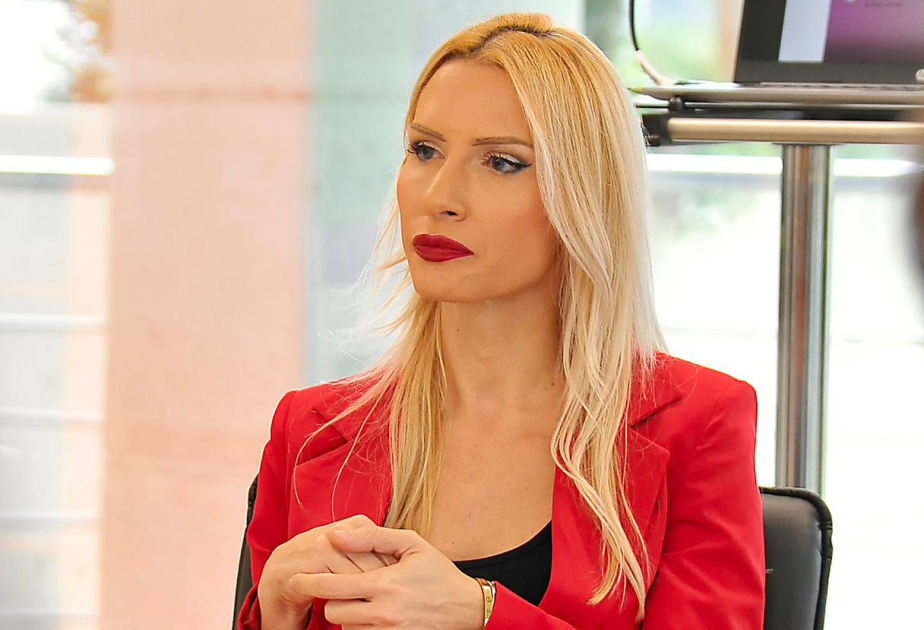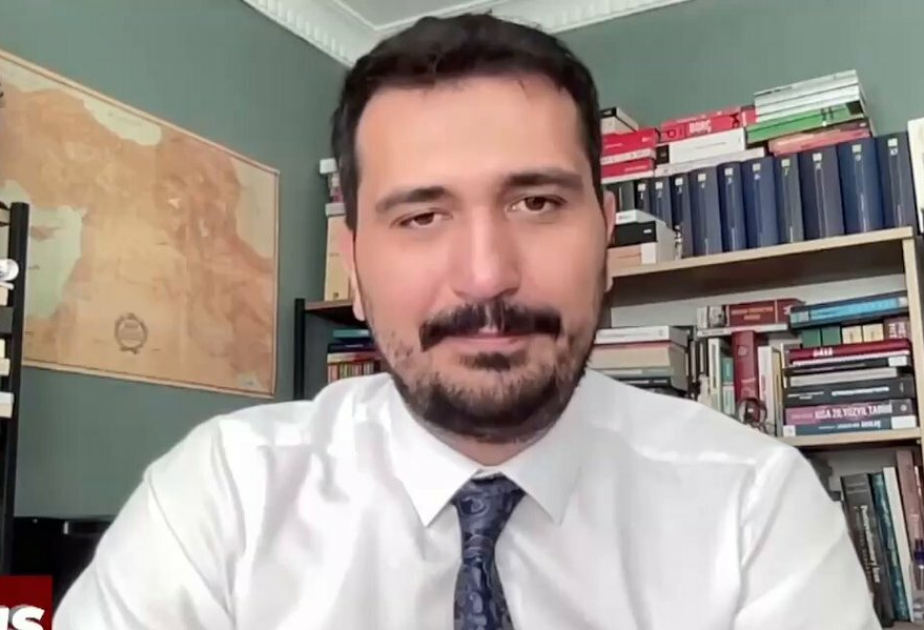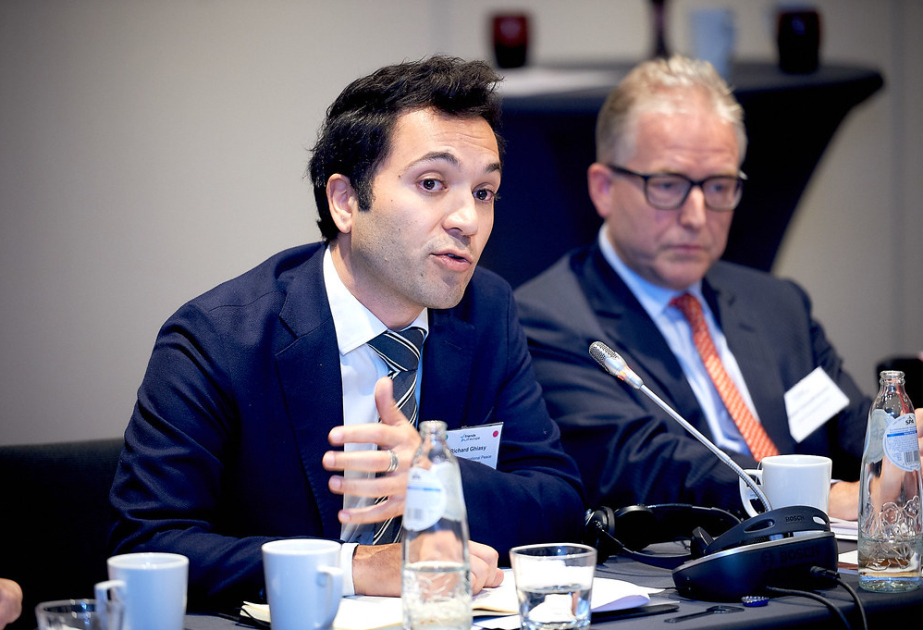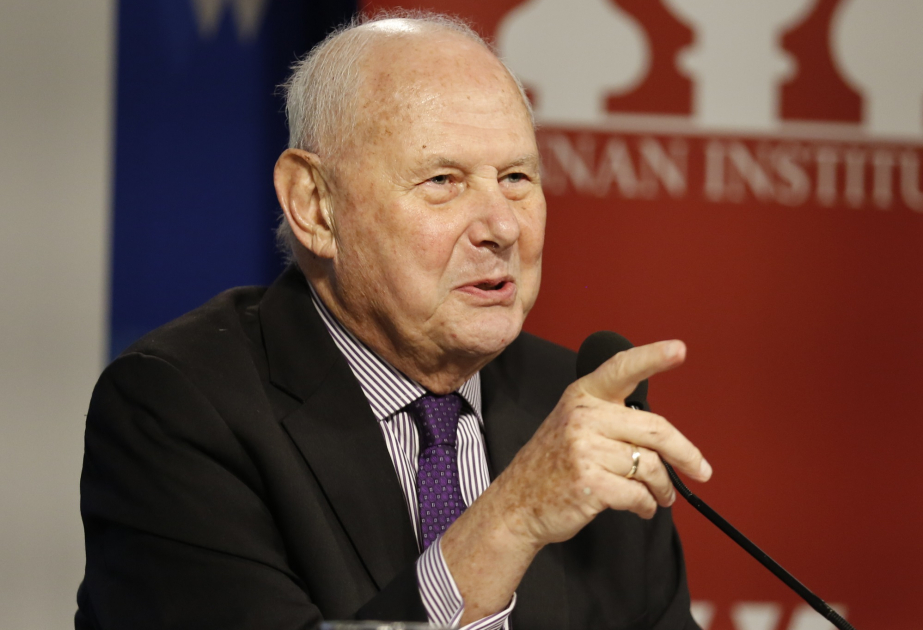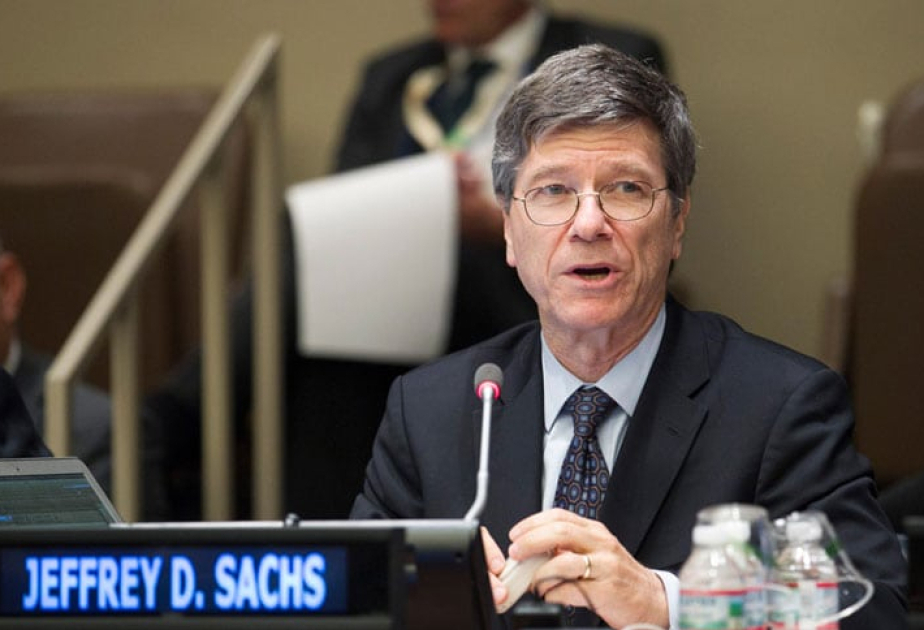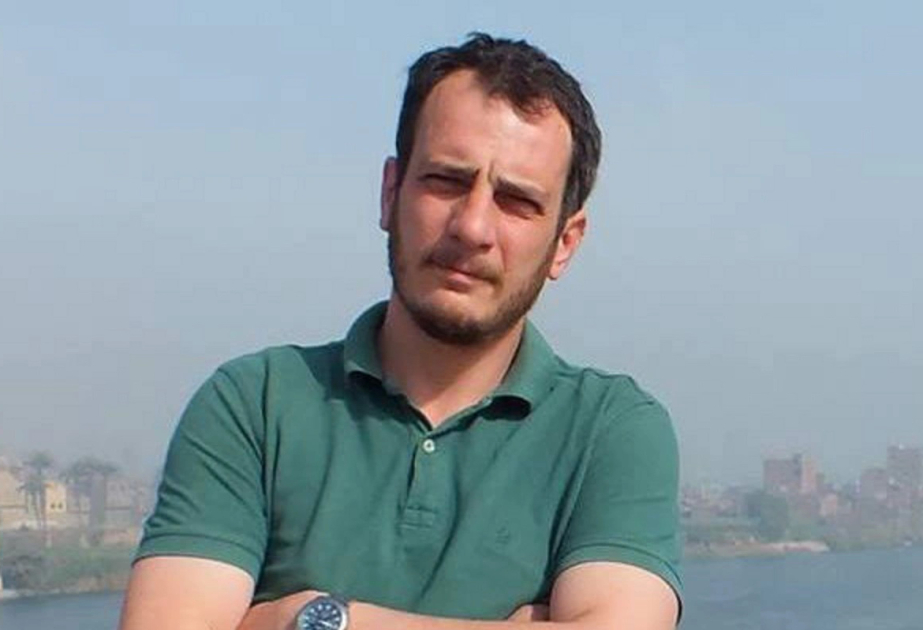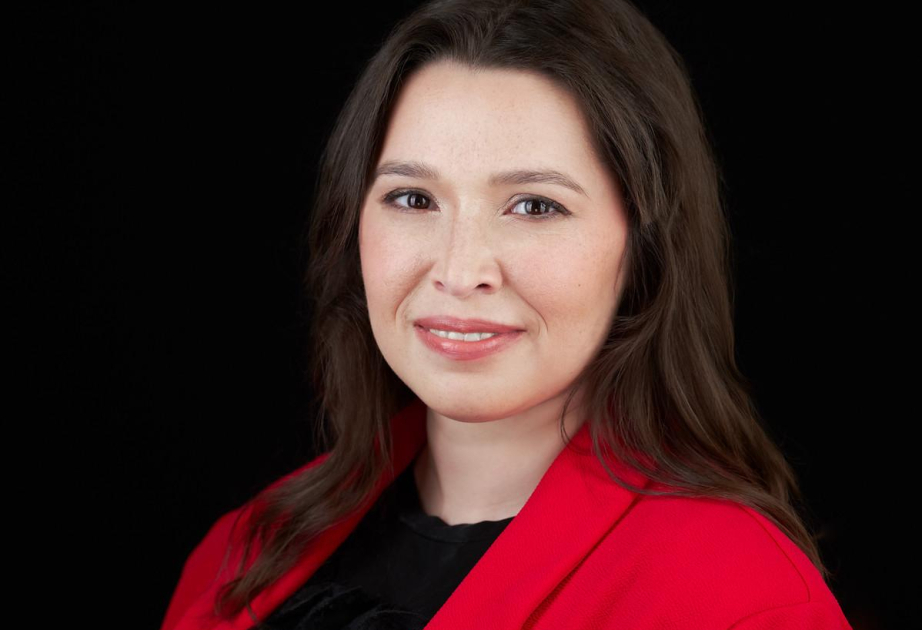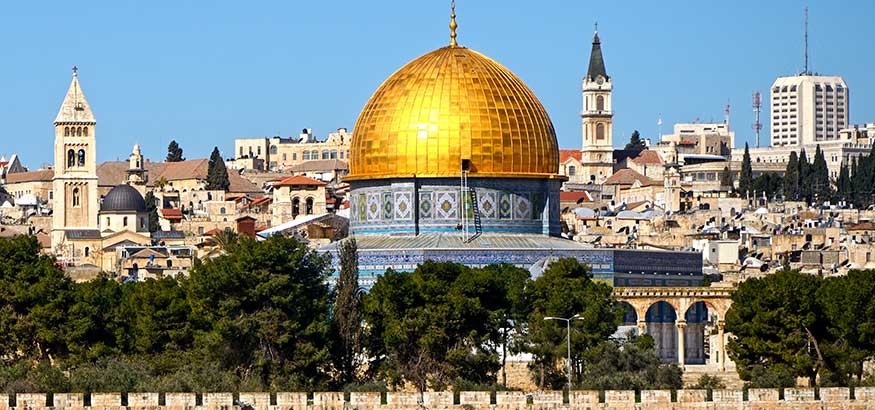Ivana Vojinovic, Director of the Centre for Climate Change at the University of Donja Gorica and former Director General for Environment in the Government of Montenegro, shared insights with the Azerbaijan State News Agency (AZERTAC) regarding Azerbaijan’s hosting of the 29th session of the Conference of the Parties (COP29) to the United Nations Framework Convention on Climate Change this November.
AZERTAC presents the interview:
- What will COP29 mean for the world, and how do COP conferences contribute to combating climate change?
-COP conferences play a pivotal role in bringing together nearly 200 nations to negotiate legally binding climate targets, review progress and establish financial mechanisms to support developing nations. One of the most significant outcomes of past COP conferences - COP21 was the landmark Paris Agreement that committed countries to cap temperature rises to well below 2°C. COP conferences also generate momentum for private sector investment in climate technologies and foster multilateral cooperation and climate diplomacy to tackle the global crisis. The results of COP conferences include stronger climate pledges through Nationally Determined Contributions (NDCs), enhanced transparency mechanisms and the operationalization of carbon markets. Each COP builds on the previous agreements, urging more ambitious climate actions that ultimately shape the global agenda on climate change. For example, COP26 in Glasgow led to the Glasgow Climate Pact, urging nations to phase down coal usage, while COP27 in Sharm El Sheik closed with a breakthrough agreement to provide “loss and damage” funding for vulnerable countries hit hard by climate disasters.
In my opinion, COP29, scheduled to take place in Baku, Azerbaijan, from 11 to 22 November 2024, represents an important moment in the global climate agenda. It will focus on renewing political will and accelerating the implementation of the Paris Agreement’s goals. The peculiarity is that the upcoming climate summit will be branded as the "Truce COP", aiming to call for a global ceasefire during the conference period, promoting the peace and at the same time reflecting the understanding that military activities also contribute to global emissions, accounting for 5-6% of worldwide emissions. COP29 will spotlight a humanitarian angle by emphasizing peace alongside climate action, illustrating the interconnectedness of global security and climate stability. In other words, it will call for more dynamic climate diplomacy which has already been a backbone of the creation of international climate law.
Anyhow, this COP, like its predecessors, will build on previous commitments to keep global temperature rise below 1.5°C by driving discussions on key financial, technological and policy solutions. It is important that in this COP, Azerbaijan as its host will continue to set the stage for global climate action by advocating for ambitious climate financing solutions and fostering collaboration among stakeholders. And that is crucial for the entire world.
- What are the main goals and expectations for COP29?
-COP29 will focus on enhancing climate ambition. Its primary goal is the finalization of the New Collective Quantified Goal (NCQG) on climate finance, which aims to replace the unfulfilled $100 billion annual commitment by developed countries to support developing nations. This new goal is expected to be more comprehensive and reflective of the true financial needs of vulnerable nations, potentially amounting to trillions of dollars. This could be very important step in trying to attain certain level of climate justice, allowing a fair distribution of the burdens and benefits of the transition to a sustainable economy, while at the same time not exacerbating the existing inequalities, but reducing them. As UN Secretary-General António Guterres often says, we need a “just transition” where developed countries lead in financial commitments, thereby ensuring the poorer nations can also participate meaningfully in the transition. The outcome of this could either reinforce or shake confidence in the Paris Agreement framework.
Another core objective is to operationalize article 6 of the Paris Agreement, which governs carbon markets and could incentivize global climate finance through market-based mechanisms. This is critical as properly functioning carbon markets can mobilize billions of dollars for global climate finance, increasing from the current turnover of $2.5 billion annually.
Additionally, COP29 will address the NDCs, urging countries to enhance their commitments to emission reductions by submitting new or updated NDCs by early 2025. The special encouragement is submission of National Adaptation Plans, since climate crisis is unavoidable and countries must adapt and strengthen own resilience to adverse consequences of climate changes. The focus will be also on creating the so called “green energy zones” and clean hydrogen production, as well as green energy storage. Given Azerbaijan's role as the host, the Conference will emphasize the importance of region-specific strategies in mitigating climate impacts.
Expectations are high for decisive agreements on climate finance and for enabling nations to adapt and mitigate climate change impacts effectively. If successful, COP29 will lay the groundwork for future conferences to focus more on implementation and less on negotiation.
- Is global green transformation possible, and what challenges do exist?
A global green transformation is an immense challenge that requires complex global scale energy redesign, but I strongly believe that is feasible. Key aspects of this transformation include decarbonizing energy systems, transitioning industries away from fossil fuels and advancing circular economy principles to reduce waste and resource consumption. Advancements in technology, along with international commitments like the European Green Deal and the U.S.’s Inflation Reduction Act, show promising momentum.
One of the biggest challenges is financing the transition, especially for developing countries. For example, IEA's Net Zero Roadmap says limiting global warming to 1.5 degrees Celsius requires an investment in clean energy of $4.5 trillion per year by 2030. Political will and governance issues, as well as fossil fuel dependency and resistance from established industries, also complicate the global green transformation. The extensive energy infrastructure of industrialized countries based on fossil fuels gives them a strong incentive to continue using this resource. Abandoning the key driver of human-induced climate change, fossil fuel, will have long-term effects on geopolitical dynamics and power redistribution. The geographical or physical concentration of fossil fuel reserves has made some countries producers, while most countries are predominantly importers. Unlike fossil fuels, whose large reserves are concentrated in certain countries and regions, RES (sun, wind, geothermal energy, etc.) are available in every country, to a greater or lesser extent.
Despite these challenges, the global green transition is progressing, driven by international agreements, such as the Paris Agreement, and reinforced by commitments made at COP conferences. Innovations in clean energy technologies, such as offshore wind, solar power and battery storage are also making green transformation more achievable. While the journey is still difficult, each COP strengthens the foundation for global green transformation.
The shift toward renewables in EU also offers the hope. The first half of 2024 was marked by a pioneering achievement in the field of energy transition. Namely, solar power plants and wind farms overtook fossil fuels in electricity production for the first time, since they produced 30% of electricity in the EU and fossil fuels - 27%.
- Will COP29 secure new levels of climate finance for developing countries?
-Securing adequate climate finance for developing nations has been a recurring issue at COP conferences. COP29 is expected to deliver a significant breakthrough with the NCQG, which will aim to set a new baseline for climate finance beyond the unmet $100 billion target of the previous decade. This new goal will focus on meeting the actual needs of developing countries, which are significantly higher than the original $100 billion commitment. It is envisaged to finally provide developing countries with the resources they need to build resilient infrastructure and pursue green development, addressing both adaptation and mitigation. In my opinion, this will be crucial in fostering trust and enabling more ambitious climate actions globally. Hence, COP29 is expected to play a critical role in reshaping climate finance for developing countries.
Given the growing urgency of the climate crisis, COP29 may also explore innovative financing mechanisms such as private sector engagement, green bonds and carbon pricing, to supplement traditional public funding. Success in reaching a new financing agreement would represent a major step forward in addressing the financial shortfall that has plagued past COP commitments, particularly for vulnerable nations that are already experiencing severe climate impacts.
A successful outcome at COP29 could also restore some of the lost trust between developed and developing nations. As we’ve seen from past COPs, delays in financial commitments have hindered global climate progress, with some developing countries skeptical of pledges made by wealthier nations. If COP29 can secure meaningful and predictable funding sources, it will signal a strengthened global commitment to equitable climate action.
- What are the possibilities for transforming the liberated territories of Azerbaijan into a green energy zone?
-The liberated territories of Azerbaijan hold significant potential for transformation into a green energy zone. Azerbaijan has already laid out plans to develop renewable energy projects in these areas, leveraging the region’s abundant solar and wind resources. With the support of international partnerships and investments, Azerbaijan can create large-scale renewable energy infrastructures, such as solar farms and wind parks, that contribute to both domestic energy security and regional energy exports.
Azerbaijan’s strategic location and existing infrastructure further enhance the possibility of transforming these territories into a green energy hub. The development of clean energy corridors and integration into broader regional energy networks could position Azerbaijan as a key player in the transition to renewable energy in the South Caucasus region. This initiative aligns with Azerbaijan’s broader commitment to diversify its energy exports and reduce reliance on fossil fuels, creating a sustainable energy future for the country and the region.
- How do you assess the Azerbaijan’s potential as an exporter of renewable energy?
-Azerbaijan can become a significant exporter of renewable energy, particularly in large-scale solar and wind power. The country’s climate and geographical advantages make it ideal for renewable energy projects. Azerbaijan is already making progress by attracting international investments and setting ambitious targets for clean energy generation. By expanding its green energy infrastructure, Azerbaijan can supply renewable electricity not only domestically but also to neighboring countries, contributing to the regional energy transition. This shift not only contributes to Azerbaijan’s climate commitments but also enhances its geopolitical relevance as a supplier of clean energy to Europe and Asia.
Azerbaijan’s renewable energy potential is supported by its strategic initiatives to develop clean hydrogen and energy storage technologies, which are seen as breakthrough technologies or future pillars of the global energy system. If successful, Azerbaijan’s clean energy transition could serve as a model for other fossil-fuel-dependent countries looking to pivot toward renewables.


